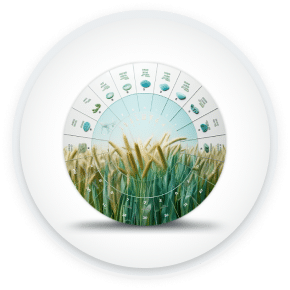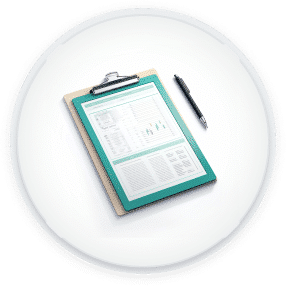Navigate Crop Growth.
Secure Your Sourcing.
Powered by Agronomic Analytics
Agritask is a Crop Supply Intelligence Company, providing visibility into predictability and sustainability of crop supply for Food and Beverage enterprises.
Navigate Crop Growth.
Secure Your Sourcing.
Powered by Agronomic Analytics
Agritask is a Crop Supply Intelligence Company, providing visibility into predictability and sustainability of crop supply for Food and Beverage enterprises.













Tackling the Blindspot in Your Value Chain
Harnessing augmented agronomic data, machine learning and analytics, Agritask provides insights and tools to help food and beverage companies reduce risk, achieve and measure sustainability goals and optimize supply operations across globally distributed smallholder and corporate farming ecosystems.
How Agritask Works?
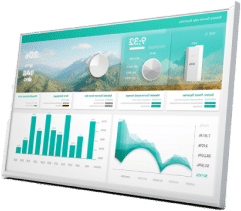
Supply & Sustainability Insights
Agritask provides insights for food & beverage enterprises, highlighting risk-prone areas, and facilitating remediation management and data-backed decision-making
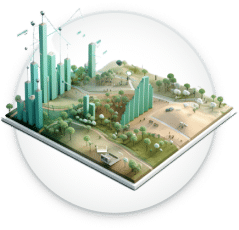
Aggregated Agronomic Data
Our single database gathers various data points. We utilize mobile app data collection directly from the field, remote sensing tools, and integration with 40+ data sources.

Our Unique Methodology
Agritask provides remote sensing decoding capabilities and enables configurable business workflows & automation, all supported by unique agronomic decision support models
Our Offering
How Agritask Works

Our Unique Methodology
Agritask provides remote sensing decoding capabilities and enables configurable business workflows & automation, all supported by unique agronomic decision support models.
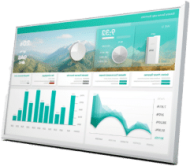
Supply & Sustainability Insights
Agritask provides insights for food & beverage enterprises, highlighting risk-prone areas, and facilitating remediation management and data-backed decision-making.
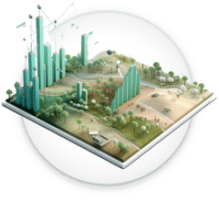
Aggregated Agronomic Data
Our single database gathers various data points. We utilize mobile app data collection directly from the field, remote sensing tools, and integration with 40+ data sources.
Actionable Insights from Field to Boardroom
User-tailored management dashboards, timely alerts and data-driven insights
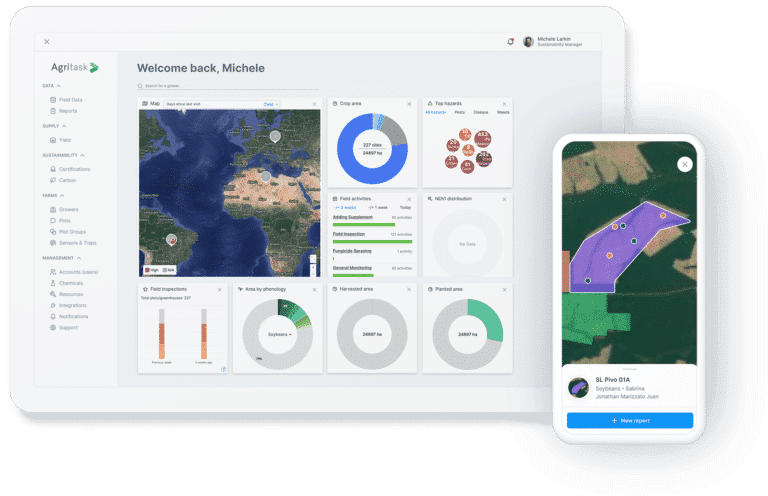
Engaging, Intuitive, & fully customizable digitized agronomic workflows for enhanced grower engagement

Safresco
“Agritask doesn’t provide just technical support, they provide specialized support. They speak the same language as agronomists, which adds a lot of value for us. The platform is intuitive and easy to navigate. Some useful applications we use are the mobile offline mode for data collection from the fields, which synchronizes very well when back in the office; the ability to integrate with other data sources, pests & disease management, and more“

Bom Jesus

“We have found great satisfaction in using the Agritask platform for our operations. Not only has the platform allowed us to handle our workload more efficiently, but we are also able to aggregate data from multiple sources and leverage the insights to better plan our supply chain.”

Nole

“Working with Agritask for the past year, what I really appreciate about Agritask is its flexibility – the platform is highly customizable to my specific needs. Additionally, their customer service is exceptional – they’re always available to help me with any issues or questions that come up.
Agritask provides us with advanced agronomic recommendations and became our agronomist at scale, helping us optimize and support our hazelnut operations. I have access to real-time information that enables me to make informed decisions and stay ahead of any potential issues.”

McCain

“At McCain we are adopting the digital culture to monitor potato crops, Agritask is helping us take information storage to the next level to make decisions, allowing us to view data in real time, which will additionally allow us to increase the efficiency of the team. Agritask allows us to centralize information, view maps and photographic records, view georeferenced data, and view reports interactively. It is a platform that has all the tools to support the evolution towards digital agriculture.”
Our Global Deployment
More than:
105K
farms
27
countries
110
Total Crops
3M
Total Hectares
Expert Insights from the Ground Up
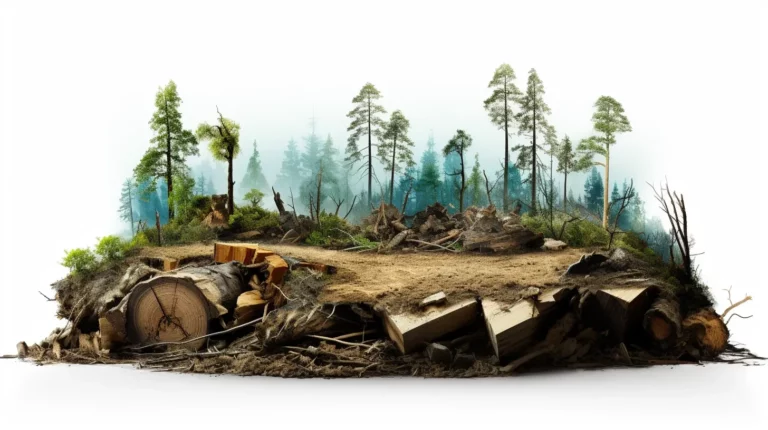
Agritask Launches Risk Assessment Engine for EUDR Compliance Solution
12.03.2024

